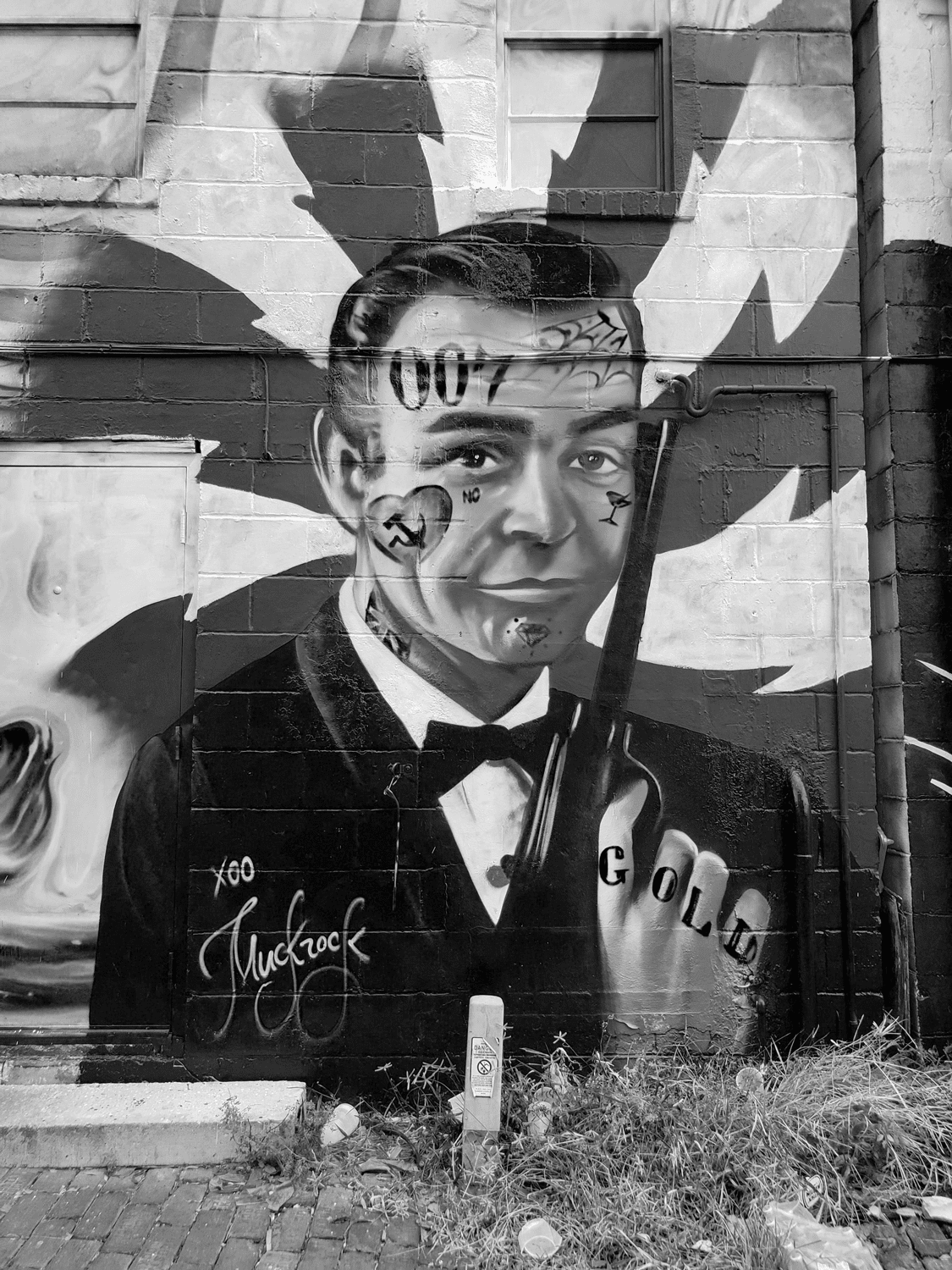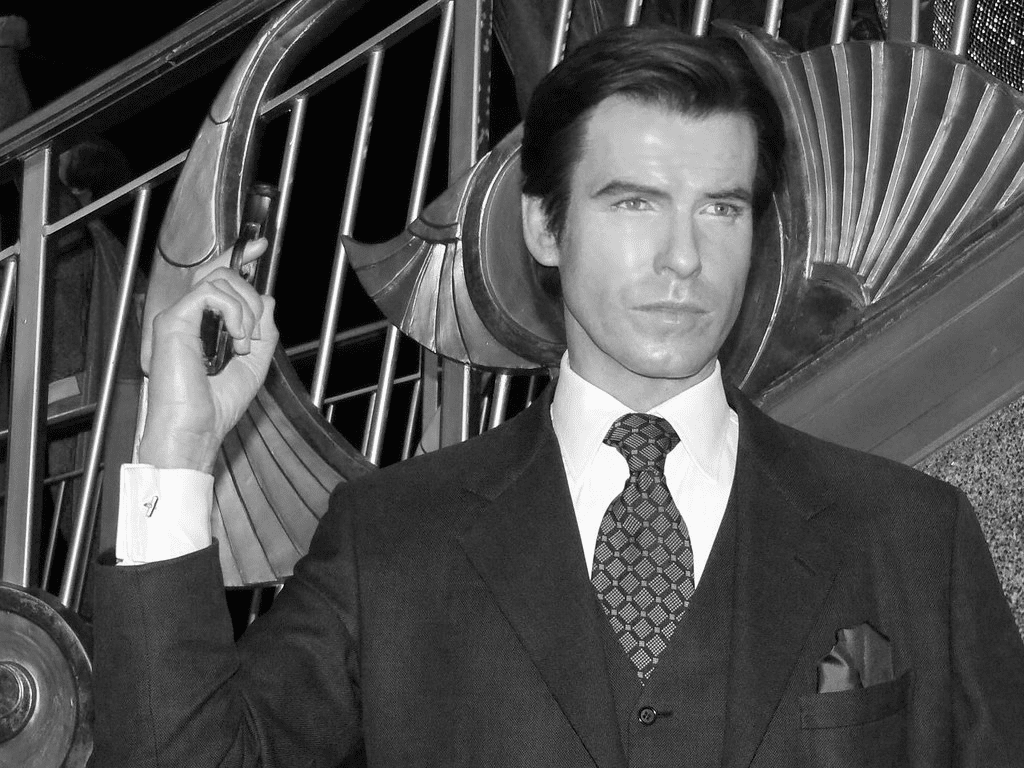British author Ian Fleming created the character of James Bond in the early 1950s. The first novel featuring the character, Casino Royale, was published in 1953. Fleming wrote a total of twelve Bond novels and two collections of short stories before his death in 1964, and the Bond franchise has since expanded to include numerous films, television shows, and other media.
Bond has been played by six actors throughout the franchise’s history, each bringing their interpretation to the character and evolving the concept of masculinity. Suave, sophisticated and deadly, this British spy has come to embody a particular kind of masculinity that has been celebrated and critiqued.
As a character, he is one of the most iconic and enduring figures in popular culture. However, his representation of masculinity has evolved since his creation, reflecting changing societal views on what it means to be a man.
Strong, athletic, and confident, with a steely resolve and a cool detachment allowed him to face danger and death with a calm and collected demeanour while being highly sexualised, with a penchant for seducing beautiful women and a reputation as a consummate ladies’ man.
As the Bond franchise expanded into the film in the 1960s, the character became even more closely associated with a particular brand of masculinity. Sean Connery, who played Bond in the first five films of the series, was a ruggedly handsome and physically imposing actor who embodied toughness, masculinity, charm and wit, which allowed him to navigate the dangerous world of espionage with ease. In early films like “Dr No” and “From Russia with Love,” Bond was the spy who always got the job done. This alpha male version of Bond embodied a traditional view of masculinity, emphasising physical strength, assertiveness, and sexuality. In addition, he was physically strong and skilled in combat, symbolising a conventional idea of masculinity as physical power and dominance.

George Lazenby’s Bond in “On Her Majesty’s Secret Service” (1969) added a new dimension to Bond’s masculinity, emphasising his emotional vulnerability and sensitivity. In addition, Lazenby’s Bond fell in love and got married, which was a departure from the womanising character of Connery’s Bond.
In the 1970s, Roger Moore took over the role of Bond and brought a different kind of masculinity to the character. Moore was known for his sophisticated style and refined demeanour. He played Bond as a more polished and sophisticated figure than Connery. He was also more overtly comedic, and his films often featured tongue-in-cheek humour and exaggerated action sequences. As the franchise continued into the 1970s and 80s, Bond began to take on a more playful and self-aware tone. In films like “Live and Let Die” and “The Spy Who Loved Me,” Bond is still the epitome of masculinity, but he is also a charming and witty figure who is in on the joke. This version of Bond showcased a more lighthearted approach to masculinity, emphasising humour and charisma. Roger Moore’s Bond in the 1970s and 1980s represented a more refined, sophisticated type of masculinity. He was still physically capable and did not rely on brute strength. Moore’s Bond also often found himself in situations where he had to use his intelligence and cunning to outsmart his opponents rather than depending solely on his physical abilities.


Timothy Dalton’s Bond in the late 1980s was a more severe and reflective character, reflecting the social and political changes of the time. He was still physically capable, but his masculinity was more nuanced, emphasising emotional intelligence and sensitivity, and brought a more severe and intense approach to the character. He was darker and more brooding than his predecessors. A greater emphasis on gritty realism and psychological depth marked his films.
The 1990s saw the arrival of Pierce Brosnan as Bond, and his portrayal of the character marked a return to Connery and Moore’s suave, sophisticated style. Brosnan was a more modern and self-aware Bond, who acknowledged the absurdity of some of the character’s more outrageous exploits while still embodying the relaxed, collected demeanour that had made Bond an icon of masculinity. Pierce Brosnan’s Bond in the 1990s and early 2000s represented a return to the suave, sophisticated Bond of the Moore era, but with a modern twist. Brosnan’s Bond was still physically capable, but he was also more attuned to the emotional needs of the women in his life and was less afraid to show vulnerability and emotion.
In films like “GoldenEye” and “Casino Royale,” Bond was portrayed as a darker, more tortured figure struggling with inner demons. This version of Bond was still physically strong and sexually confident, but he was also more emotionally complex and introspective. This reflected a growing societal awareness of the limitations of traditional masculinity and a desire for more nuanced and complex depictions of male characters.
Daniel Craig’s Bond, starting with “Casino Royale” (2006), represented a significant departure from the character’s previous iterations. Craig’s Bond was more of a brooding, complex figure with a troubled past and a more realistic approach to violence and its effects. He was physically strong and capable but also vulnerable and emotional, with a focus on character development and a more nuanced approach to masculinity. In recent years, the Bond franchise has undergone a significant evolution in terms of the character of James Bond and the broader cultural context in which he exists.


Daniel Craig has played the character as a more troubled and complex figure than his predecessors. He is a damaged and vulnerable figure, haunted by his past and struggling to come to terms with the moral ambiguities of his profession. In the most recent Bond films, such as “Skyfall”, “Spectre,” and “No Time To Die”, Bond has become even more introspective and vulnerable. He grapples with issues of ageing and mortality, and his relationships with women are more complex and nuanced. This version of Bond represents a further departure from traditional masculinity, emphasising emotional intelligence and empathy.
At the same time, the broader cultural context in which the Bond franchise exists has also evolved. For example, the #MeToo movement and other social and political movements have brought a heightened awareness to issues of gender and power dynamics. They have forced the Bond franchise to grapple with its legacy of sexual objectification and male dominance.
Overall, the evolution of James Bond as a representation of masculinity reflects changing societal attitudes towards gender roles and expectations. While Bond has always been a masculine figure, how that masculinity is portrayed has shifted over time. From the traditional view of masculinity as a physical and sexual force to a more complex and nuanced understanding of what it means to be a man, the Bond franchise has been a mirror of cultural shifts in the perception of gender and identity.
The evolution of James Bond as an icon of masculinity has been fascinating, reflecting the changing attitudes towards gender roles and expectations. While the character of Bond will always be associated with traditional notions of masculinity, the franchise has also embraced a more nuanced and complex understanding of what it means to be a man in the modern world.